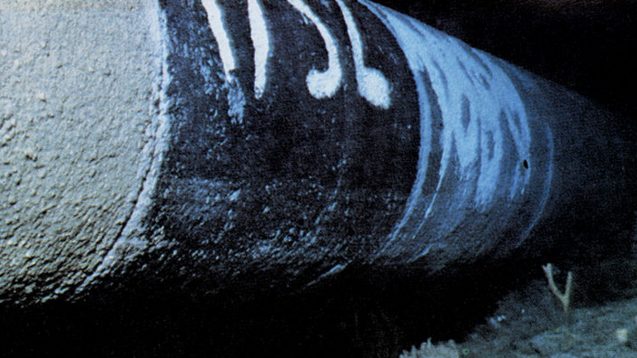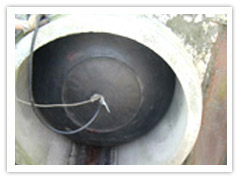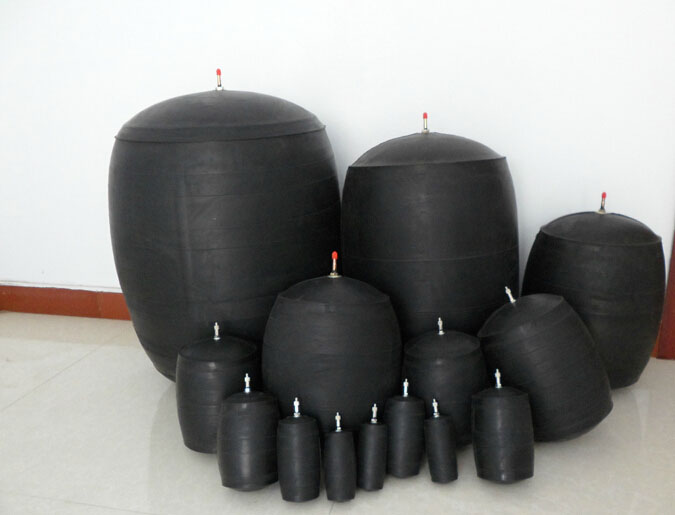
DNV GL is conducting the oil and gas industry’s largest ever controlled release of carbon dioxide from an underwater pipeline at its full-scale Spadeadam Testing and Research Centre, located in Cumbria, U.K.
The test comes as carbon capture, utilization and storage (CCUS) is gaining momentum to meet stringent climate change goals and secure energy supplies for the future and its aim is to enable DNV GL gain a greater understanding of the environmental and safety implications associated with the development of CO2 pipelines.
The installation of offshore CO2 pipelines linked to depleted subsea gas reservoirs is a possible solution to mitigate CO2 emissions from power plants and large industrial sources. The transportation of CO2 through offshore pipelines may also increase due to enhanced oil recovery programs.
The planned underwater release, scheduled to start in January, is part of an international Joint Industry Project (JIP) ‘Sub-C-O2’ to develop safety guidelines on the use of offshore CO2 pipelines. Companies participating in the JIP are Norway’s Gassnova, Brazil’s Petrobras, the U.K. government’s Department of Energy and Climate Change, the U.K.’s National Grid and DNV GL. Italy’s Eni is expected to join the JIP in early 2016.
This is the second experimental phase which will run for three months and will involve releases in a 40-meter diameter, 12-meter deep pond at Spadeadam.
“This is the largest experimental investigation to date of underwater CO2 releases which will study the effects of depth on measured and observed parameters” said Gary Tomlin, VP Safety and Risk, with DNV GL at Spadeadam.
“The testing is designed around what is already known about underwater natural gas (methane) leaks and the possible occurrence of CO2 hydrates collecting on pipework. By using high-speed, underwater cameras and other measurement techniques, we can examine the configuration and characteristics of the released gas. It will allow us to see whether it reaches the surface and analyze what happens.”
The first phase of experiments are currently underway at Spadeadam and involves small-scale, controlled CO2 releases from a three inch nominal bore pipeline in a 8.5 meter diameter, three meter deep water tank and are expected to be completed by December.


